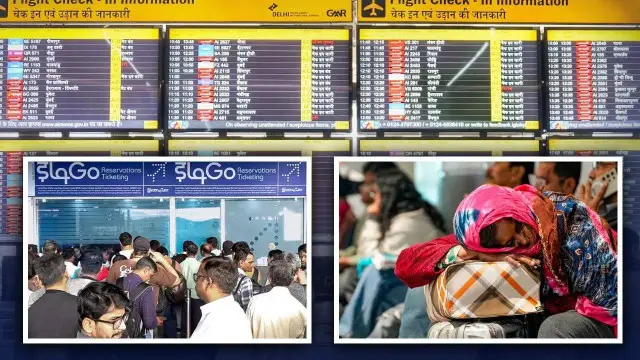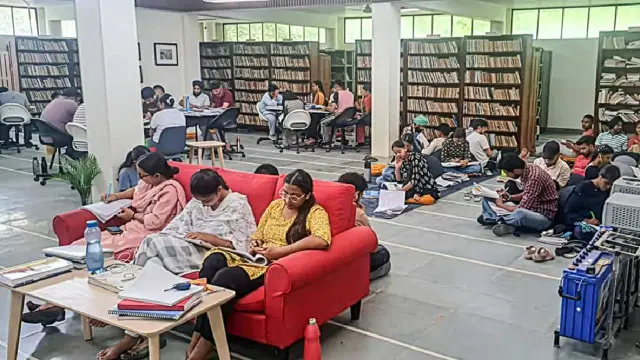7 dead as intense rain pummels Delhi-NCR, closing schools and clogging roads
As the rain continues and the red alert remains in effect, it is crucial for residents to stay informed and take necessary precautions to ensure their safety. Avoiding unnecessary travel, staying away from waterlogged areas, and following the instructions of local authorities can help minimize the risks associated with the heavy rain.

Heavy rainfall in Delhi-NCR on Wednesday evening caused chaos and devastation, resulting in seven deaths, flight diversions, and school closures. The heavy downpour led to waterlogged streets and severe disruptions to traffic movement, leaving citizens stranded for hours. Tragically, two fatalities occurred in Delhi, three in Gurugram, and two in Greater Noida.
One heartbreaking incident involved a woman and her child who drowned in a waterlogged drain in Delhi. The drain, which was under construction, measured 15 feet deep and six feet wide. The bodies of the mother and son were recovered, and the police are taking further legal action. In Gurugram, three individuals lost their lives due to electrocution after coming into contact with a high-tension wire during the heavy rain. Additionally, two people in Greater Noida lost their lives following a wall collapse in the Dadri area.
The heavy rain also had a significant impact on flight operations. Ten flights scheduled to land at Delhi's airport were diverted due to the inclement weather. IndiGo, one of the affected airlines, provided updates on the situation, expressing regret for any inconvenience caused to passengers.
In response to the continuous rainfall, schools in Delhi remained closed on Thursday to ensure the safety of students. The India Meteorological Department (IMD) issued a red alert, indicating that the heavy rain and chaos would continue. Thunderstorms and lightning were also forecasted until August 5.
According to rainfall data from the Safdarjung weather station, Delhi's primary weather station, 79.2 mm of rainfall was recorded between 5.30 pm and 8.30 pm. Other areas in Delhi-NCR also experienced significant rainfall, with Mayur Vihar recording 119 mm, Pusa 66.5 mm, Delhi University 77.5 mm, and the Palam observatory 43.7 mm. Despite the rain, the maximum temperature in Delhi reached 37.8 degrees Celsius during the day.
The heavy rain also caused a house collapse in north Delhi's Sabzi Mandi area, resulting in one person being injured. Fire engines faced difficulties reaching the scene due to traffic congestion caused by the heavy rain.
The chaos caused by the heavy rain in Delhi-NCR highlights the urgent need for improved infrastructure and preparedness to mitigate the impact of such weather events. This incident serves as a reminder of the importance of investing in resilient systems that can withstand extreme weather conditions and prevent loss of life.
As the rain continues and the red alert remains in effect, it is crucial for residents to stay informed and take necessary precautions to ensure their safety. Avoiding unnecessary travel, staying away from waterlogged areas, and following the instructions of local authorities can help minimize the risks associated with the heavy rain.
This incident in Delhi-NCR serves as a wake-up call for better urban planning, improved drainage systems, and enhanced disaster management strategies. It is imperative for authorities to learn from this experience and work towards creating a more resilient and prepared city that can effectively deal with the challenges posed by extreme weather events.
















